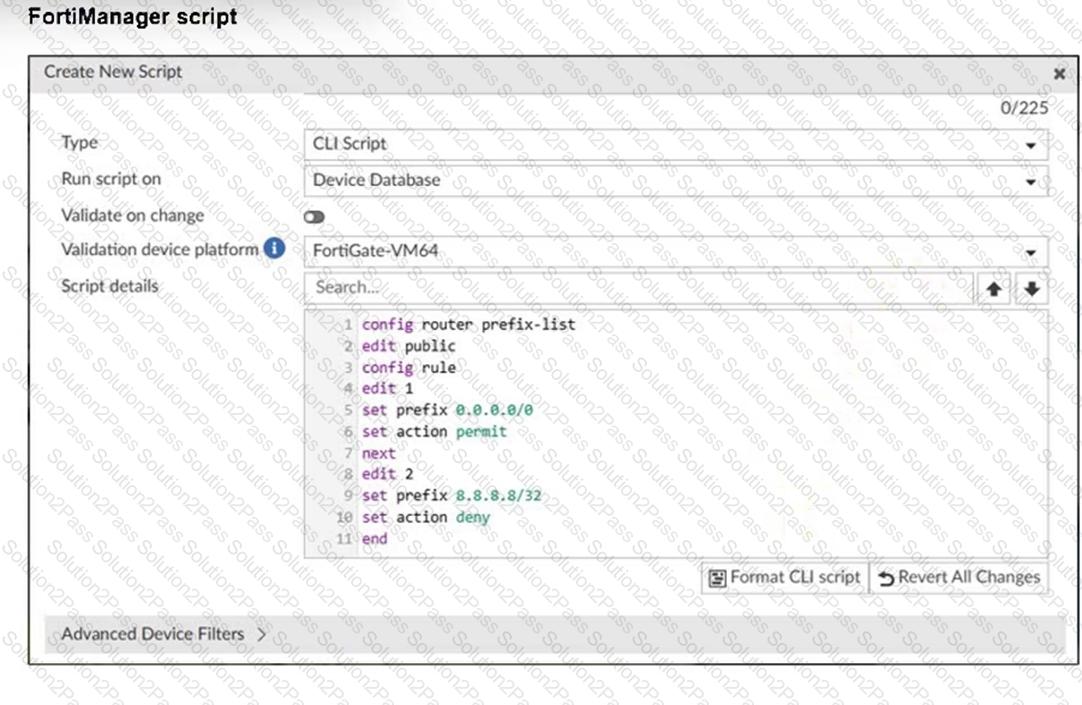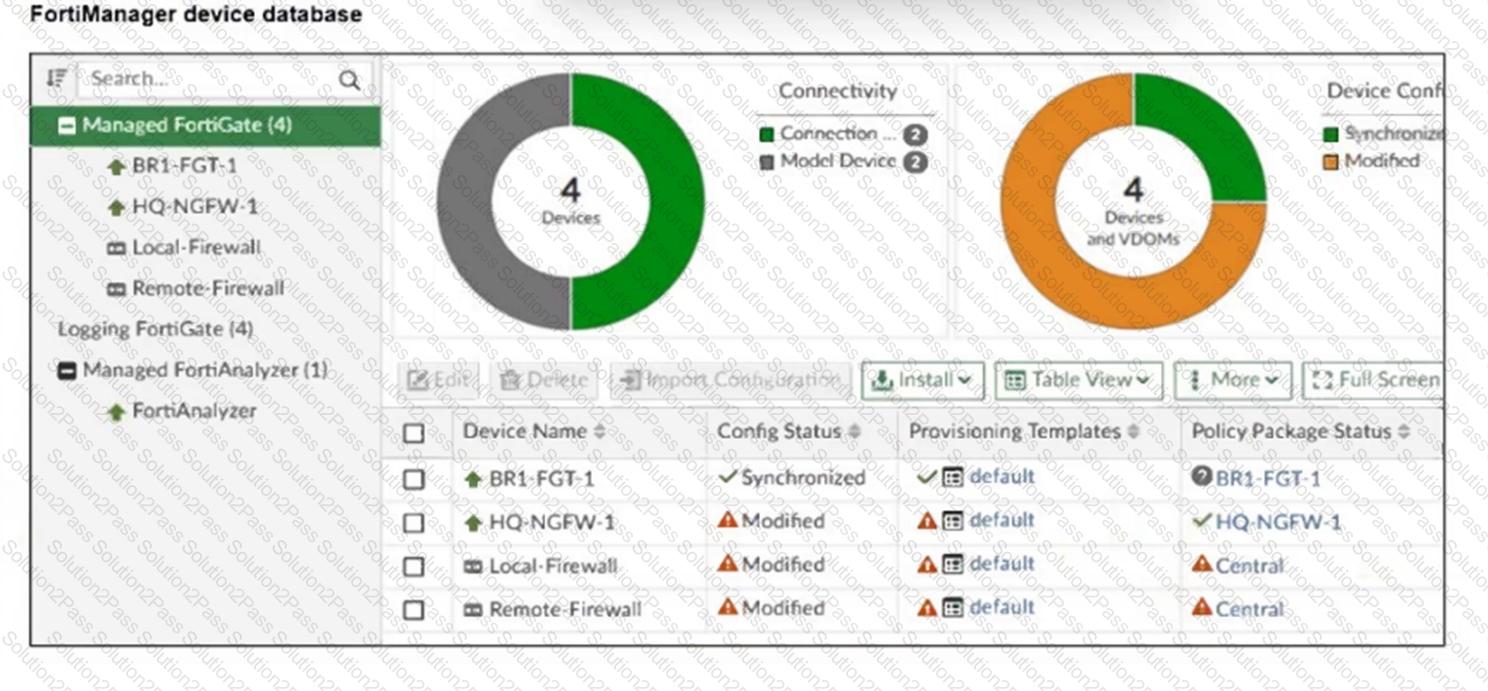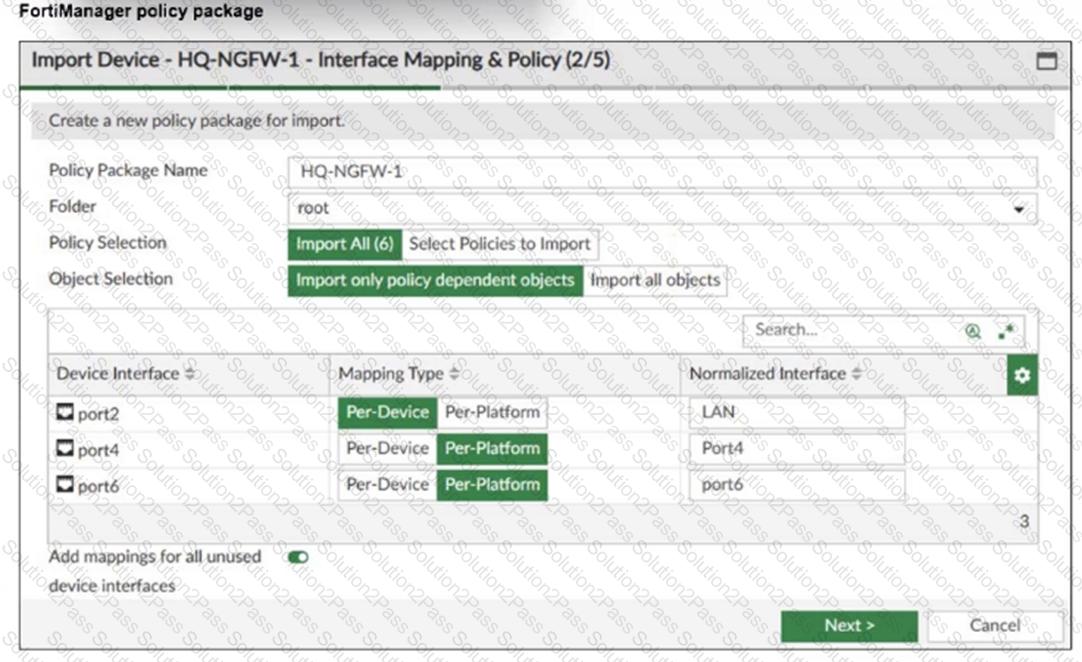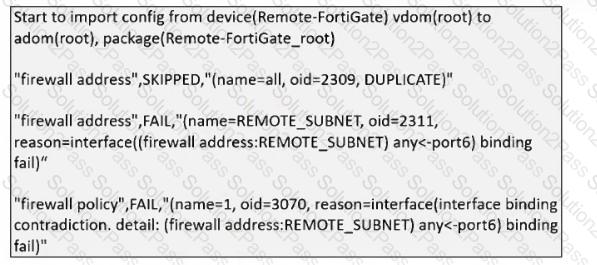FCP_FMG_AD-7.6 Fortinet FortiManager 7.6 Administrator Free Practice Exam Questions (2025 Updated)
Prepare effectively for your Fortinet FCP_FMG_AD-7.6 FortiManager 7.6 Administrator certification with our extensive collection of free, high-quality practice questions. Each question is designed to mirror the actual exam format and objectives, complete with comprehensive answers and detailed explanations. Our materials are regularly updated for 2025, ensuring you have the most current resources to build confidence and succeed on your first attempt.
Which is recommended when you are managing a high volume of logs in your network?
Refer to the exhibit.

Which two results occur if you run the script using theDevice Databaseoption? (Choose two.)
Company policy dictates that any time a change is made to a policy package on FortiManager an ADOM revision is created before the change installed, and that revision is held for a minimum of 90 days.
Over the past three months, each installed change has resulted in several unused policies and duplicate objects.
The FortiManager administrator plans to upgrade the FortiGate devices and then upgrade the FortiManager ADOM from version 7.4 to 7.6.
Which action can the administrator take to avoid slow ADOM upgrades?
What is the best explanation of how FortiManager helps with mass provisioning?
Refer to the exhibits.


An administrator has been asked to install the same policies from a central policy package onto the BR1-FGT-1 firewall.
The administrator added BR1-FGT-1 as a target in the central policy package installation.
What should the administrator do when reinstalling the central policy package on the BR1-FGT-1 firewall?
Refer to the exhibit.

An administrator added a FortiGate device to FortiManager with the default object settings at the ADOM layer.
What can you conclude from the import policy package process of the HQ-NGFW- 1 device?
Refer to the exhibit.

Which two statements about the output are true? (Choose two.)
Which two conditions trigger FortiManager to create a new revision history? (Choose two.)
Refer to the exhibit.

What can you conclude from the downloaded import report?

